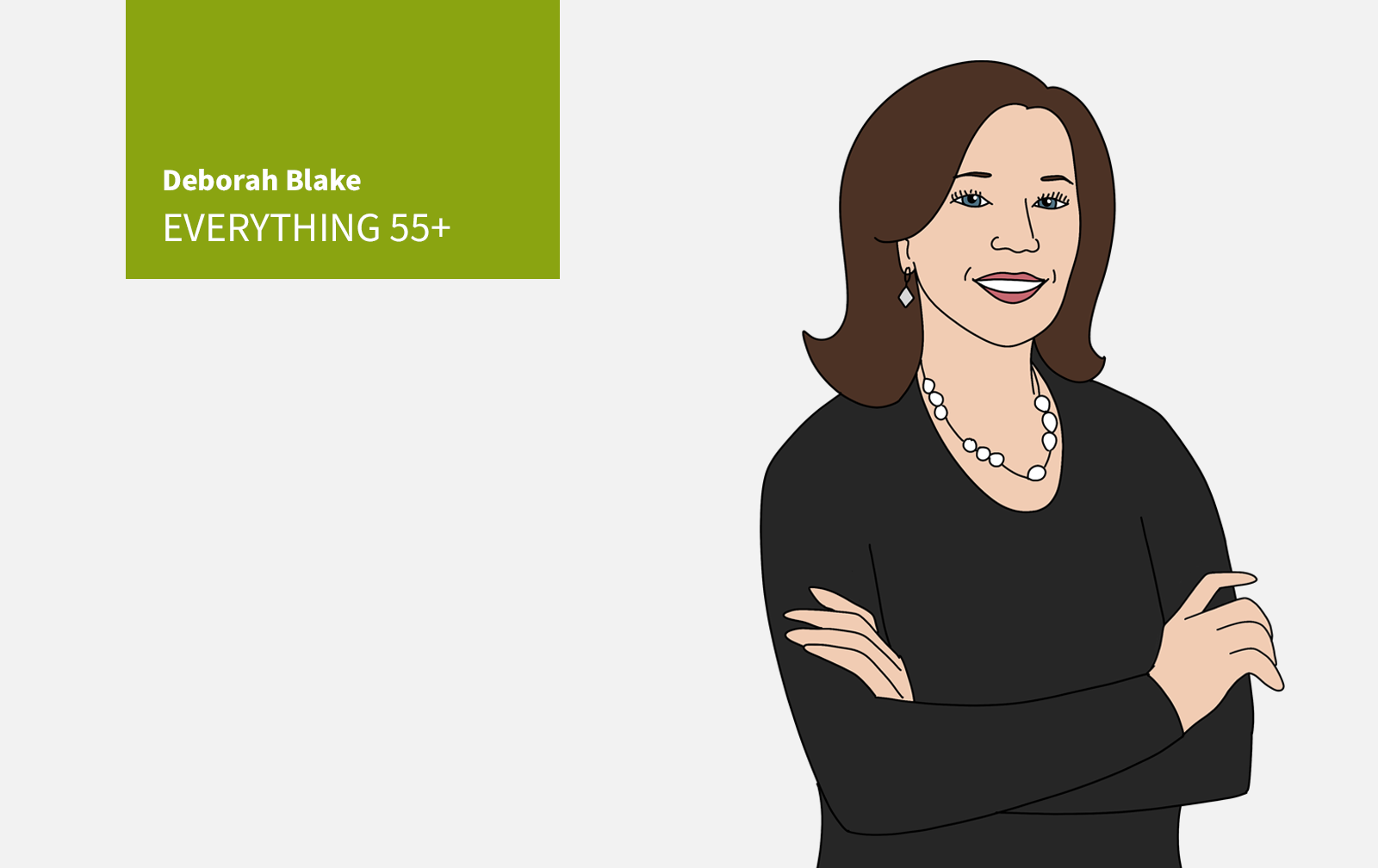Marketing & Sales
Six Factors Essential To 55+ Community Planning Success
"People are living longer than ever before, which will impact what is needed from 55+ communities going forward." -- A TBD MasterClass, Deborah Blake, Principal, The Ipsum Group

The average age range of buyers in an age-qualified community is 63 to 65, and it continues to skew older. Many people are working longer, retiring later, and living longer. When it comes to housing, longevity is the game changer, and the need for builders and developers to get 55+ communities right is imperative.
The 55+ cohort is significant, representing 30% of the current population, 46% of current households, 54% of current homeowners, and 30% of current renters, according to John Burns Research & Consulting. The firm also reports that nearly 114 million people will be 55 and older by 2033, up from 101 million today.
Life expectancy has been rising for decades, and The New Map of Life, an initiative by The Stanford Center on Longevity, finds that 100-year lives will be common for those born today in the United States and beyond. That fact will influence 55+ communities in many ways.
On a recent New Home Insights Podcast episode for John Burns Research & Consulting, I noted that we know more about impacting longevity in a positive way than we ever have, and it’s because of baby boomers:
This is the segment, the population that’s really moving the needle, and so I think that it is important to focus on your boomer consumer.”
Builders and developers need to not only compel this buyer to move but also deliver on the promise that living in an active adult community can help people live better and longer. Here are six key factors to remember when building a successful 55+ community:
- Do Your Research. Consumer research is critical. You need to know not only who your customer is and what they want to do, but also what they are willing to pay for it. As the average age of buyers in age-qualified communities continues to get older, it means the primary focus right now is baby boomers, but don’t overlook the fact that Gen X is not far behind.
- Wellness Wins. Targeting holistic wellness—mind, body, and spirit—is an important consideration for 55+ communities. Opportunities for social interaction and connection are necessary, and the community needs to be walkable. Some developers are doubling down on community programming by partnering with large healthcare providers to offer quality wellness programs, which could include personal training, massage therapy, exclusive access to doctors, or Rx programs.
- Education Is King. Salespeople at active adult communities need to clearly communicate with and show potential buyers why their new homes are better suited for this stage of life versus aging in place. Part of that education is helping clients understand that life is short and selling their home now is the right decision.
- Independence by Design. It’s vital for builders and developers to design homes that allow people to live independently for as long as possible, with easy access to amenities and the community at large. Single-level living with at least two bedrooms and two bathrooms on the main floor and at least one zero-threshold entry into the home is necessary. Universal design is table stakes in an age-restricted community. Senior living, service-enriched options are expensive and many boomers don’t see that in their future, so technology that allows for telehealth and other in-home service options will be a requirement going forward.
- Safety Matters. Sense of security is top of mind in the 55+ space, and that might mean providing a gated community depending on the market. In many areas, however, creating a threshold or landscape buffer that allows the community to feel separate is enough, in addition to having friends and neighbors who watch out for each other and the neighborhood.
- Amenities Vary. While pickleball might not be a fit for smaller communities given the game’s noise levels, some sort of social gathering place is a non-negotiable amenity in any 55+ development. There also need to be spaces that can be used year-round in four-season climates to ensure access to community connection.
MORE IN Marketing & Sales
How Homebuilders Can Fix Broken Buyer Conversion Now
New Home Star’s Chris Laskowski breaks down what’s stalling new home conversions in today’s market—and what to do about it. From weak webpages to ignored AI search, he lays out a builder’s to-do list for turning traffic into buyers.
Do Homebuilders Waste Money On Marketing No One Trusts?
To build rapport with buyers, homebuilders need to be upfront, shift from selling to educating, and evolve their marketing strategies. Marketing strategist Barbara Wray shares time- and cycle-tested secrets.
Research: Supply Constraint Is Not No. 1 Driver Of Housing Crisis
Findings imply that constrained housing supply is relatively unimportant in explaining differences in rising house prices among U.S. cities -- suggesting that easing housing supply constraints may not yield the anticipated improvements in housing affordability.
